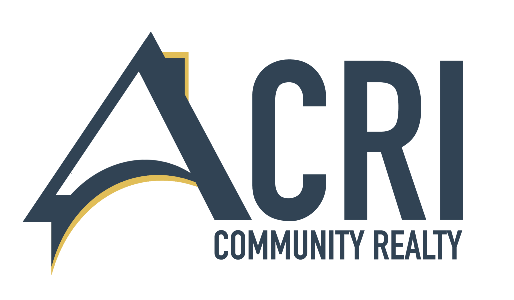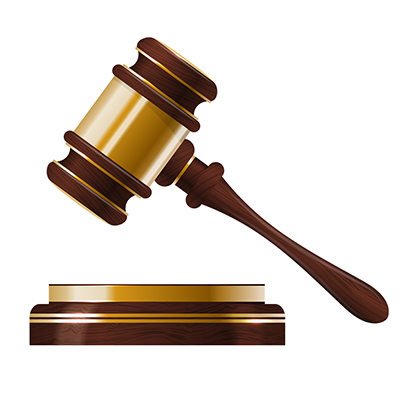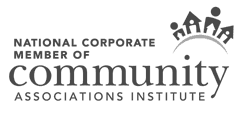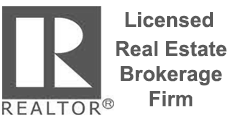In order to run a successful and effective Board Meeting, board members should be well-organized and prepared. One of the most important things a board can do is to hold an effective board meeting that makes the best use of everyone’s time.
Because Board Members are volunteers, it is also important for Board Members to draw the line between private and association business time.
If you have a management company, request that homeowners submit questions to them via email in order to create a trackable ticket.
As a Board Member, you should plan to arrive early. Seating should be organized with the President seated in the center of the table. Remember to dress professionally as well.
6 Recommendations for Organizing an Effective Board Meeting
When conducting your next board meeting, consider the following these easy to implement tips:
-
Prepare Ahead of Time
Boards can maximize accuracy, efficiency, and productivity by using the prior meeting’s agenda as a template for the next meeting. Review past agenda items and meeting minutes as a launching point for the next upcoming meeting. Also, be sure all topics that need to be covered are laid out and that any relevant materials are prepared in advance. Place handouts and an owner sign-in sheet at the entrance to the meeting room. Make sure the sign-in sheet collects the street addresses as well as email addresses.
-
Create a Structured Agenda and Stick To It
Create and utilize a well-organized agenda which may include old and new business, committee reports, action items, a treasurer’s report, and possibly a specified time for open homeowner forum. Each agenda item should have an assigned time frame that is adhered to.
-
Focus on Priorities
Make sure the agenda centers on the most crucial business at hand. It’s best to start with items that are easily accomplished, then move on to more complex or controversial issues. Having this schedule will help you cover more ground instead of taking up extra time on any potentially heated issues. If you do not know the correct answer to a problem, table it for another time. Try not to answer any questions “off the cuff” especially when it concerns a particularly hot topic. Always follow the community rules and apply them uniformly.
-
Enlist Homeowner Participation and Use Proper Meeting Etiquette
Invite homeowners to attend and speak during an allotted time during the meeting (either at the beginning or end of the meeting).
- Limit time to 2-3 minutes per person.
- Ask homeowners to submit questions, comments, or concerns in advance of the meeting in order to ensure that they can be addressed properly during the meeting.
- Request homeowners to speak from a podium facing the board or stand up in the front of the room. Have homeowners introduce themselves, including their address. This helps the recording secretary, as well as the attendees, hear the statements.
- After each member’s input, the President may then ask if board members need to add anything. Again if you do not have an answer table it until you can research the topic.
-
Start and End HOA Meeting on Time
An HOA should be run like a business, despite the nonprofit status and volunteer “employees.” Board meetings should have a clear and direct purpose; stick to the agenda at all times in order to avoid derailment. If items are incomplete when time is up, table them for future meetings.
-
Follow Up After the Meeting with the Executive Board
At the end of the board meeting, action items should be reviewed and agreed upon in order to clarify each board member’s expected responsibilities. After the board meeting, send an email to board members as a reminder of the action items to keep things moving forward.








